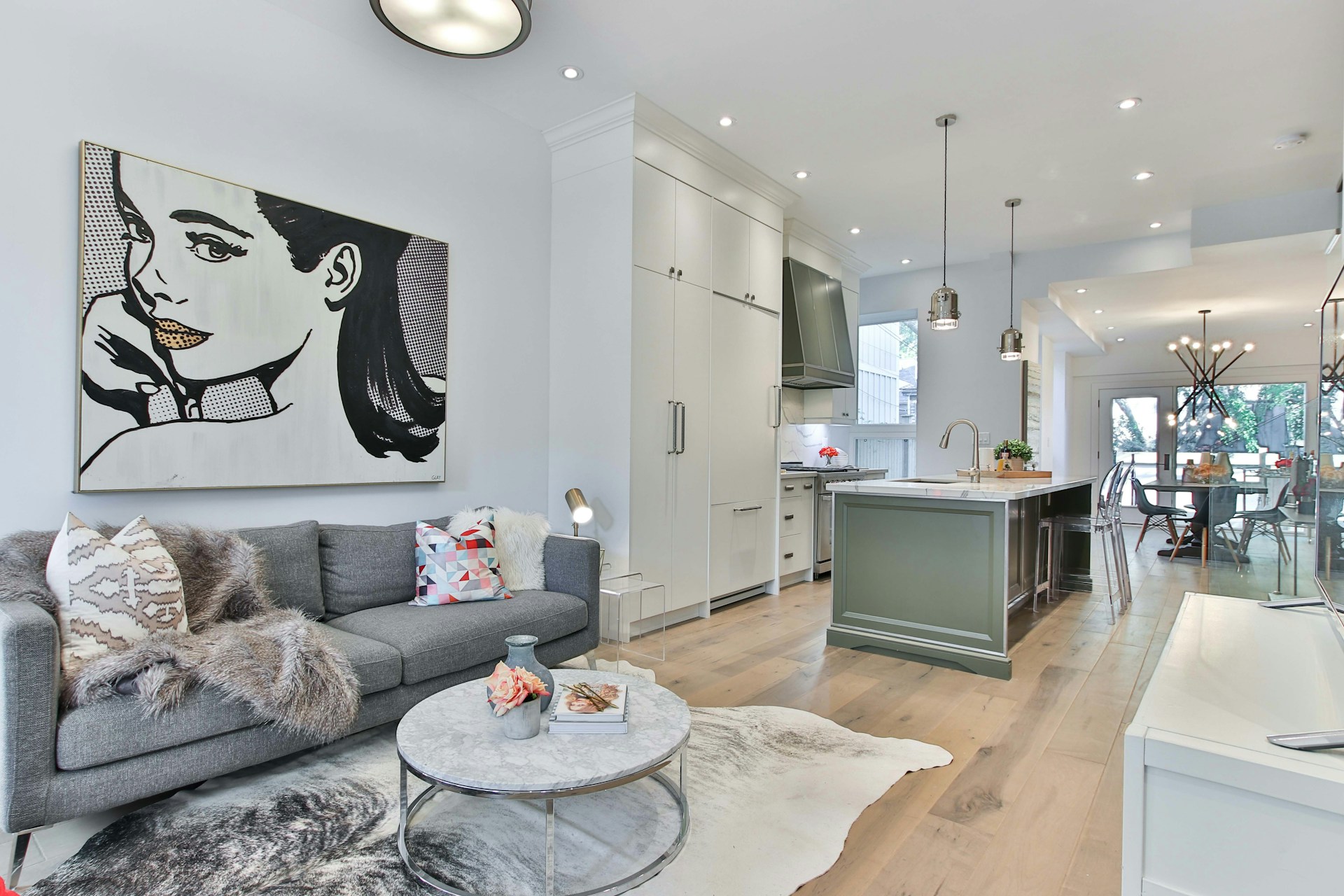Incorporating Personal Taste into Your Custom Home Design
Table of Contents:
- Understanding Personal Style in Home Design
- Choosing the Right Elements for Your Custom Home
- Color Psychology and Its Impact on Home Atmosphere
- Balancing Trends with Timelessness
- The Role of Texture and Materials in Conveying Personal Style
- Functional Design: Melding Aesthetics with Usability
- Critical Steps in Collaborating with Your Home Builder
Building a home from the ground up presents an exciting opportunity to put a personal stamp on each feature, down to the most intricate detail. Creating custom homes blends creativity, personality, and lifestyle to cultivate an environment that resonates with the homeowner’s unique style. This journey calls for thoughtful consideration of individual aesthetics and assembling elements representing one’s tastes while maintaining timeless functionality.
Understanding Personal Style in Home Design
To create a unique and personal house, you must first understand what personal style means on an individual level. Curating preferences, influences, and aspirations tells the story of who you are. Recognizing personal style may involve exploring various interior design styles, like the sleekness of contemporary decor or the storied pieces in vintage aesthetics. It’s a mosaic of favorite colors, artistic influences, and functional needs. This deep dive helps establish a blueprint for new build homes, ensuring that every design element is an authentic reflection of your personality and lifestyle.
Choosing the Right Elements for Your Custom Home
Selecting the correct elements for your custom home is a balancing act between aesthetic allure and long-lasting function. It’s about making choices that fulfill your dream of a personal sanctuary that fits your daily routine. For instance, the kitchen layout or the size of windows can significantly influence how you interact with the space. The elements chosen must not just be visually pleasing but should also enhance the usability of the home. Exquisite light fixtures or handcrafted tiles, while adding charm, should harmonize and support the flow of the home’s design, ensuring that they are as purposeful as they are beautiful.
Color Psychology and Its Impact on Home Atmosphere
The colors that we surround ourselves with have a profound effect on our emotions and our sense of well-being. Hues can be wielded to conjure the precise atmosphere desired within the home. For example, blue can be calm and stabilizing, perfect for a bedroom where solace is sought. On the other hand, strategic red pops in a dining area can stimulate conversation and appetite. When selecting colors for a custom home, it’s imperative to consider their psychological impact and the aesthetic pleasure they bring, forging an environment that is visually stunning and emotionally supportive. The finish, saturation, and combinations can create an intricate palette that tells the story of who you are.
Balancing Trends with Timelessness
It’s natural to be drawn to the latest design trends; they’re fresh, exciting, and can often express the era’s zeitgeist. However, it’s essential to balance these with timeless elements that ensure the home remains relevant and avoids a dated appearance. This balancing act can be achieved by introducing trendy elements through less permanent features, like decor accents, paint colors, or removable wallpaper. Classic lines and traditional materials provide a robust framework that supports a variety of changes over time, allowing you to refresh your space with simple updates rather than full-scale renovations. Fads may come and go, but a home with a mix of trend awareness and time-honored design principles will stand firm, evoking a sense of “home” for years to come.
The Role of Texture and Materials in Conveying Personal Style
Just as important as color, the textures and materials used throughout a custom home can significantly influence the final experience of the space. From the plush feel of a thick carpet beneath your feet to the cool, sleek marble countertops in the kitchen, textures evoke sensory responses that contribute to the atmosphere of the home. They have the power to create comfort, luxury, or rustic authenticity. Materials, too, from the reclaimed wood of a dining table to the soft sheen of silk draperies, speak to values such as sustainability, luxury, and opulence. They can reflect personal history and tell the tale of travels, family heritage, or environmental consciousness. The interplay between different textures and materials layers personality upon each space, giving it life and character.
Functional Design: Melding Aesthetics with Usability
Though it might be tempting to favor form over function or vice versa, a well-designed custom home marries aesthetic appeal with practicality. It means considering sight lines for natural light, optimizing storage without compromising sleek lines, and unobtrusively incorporating technology. The home’s design must support your lifestyle through an open floor plan for social interaction or quiet nooks for solitude. Each choice should be deliberate, ensuring that the home isn’t just a shelter but a supportive environment conducive to the activities and experiences that define your life. This responsible design philosophy ensures that the house is beautiful and sure—but also livable, comfortable, and adaptable to the various phases of life.
Critical Steps in Collaborating with Your Home Builder
The difference between a house that’s simply impressive and one that feels like a valid extension of oneself often lies in the collaboration with the home builder. It’s about developing a partnership built on trust and open communication, expressing your objectives clearly, and assuring your involvement in every construction phase. Taking an active role, being decisive, and keeping informed about progression ensures that the home builder can effectively bring your vision to light. Researching current and upcoming design trends can provide ideas for discussion with the builder, as seen through the lens of authoritative sources, providing an educated foundation from which to make choices and guide the home’s design in a way that echoes your true style.

